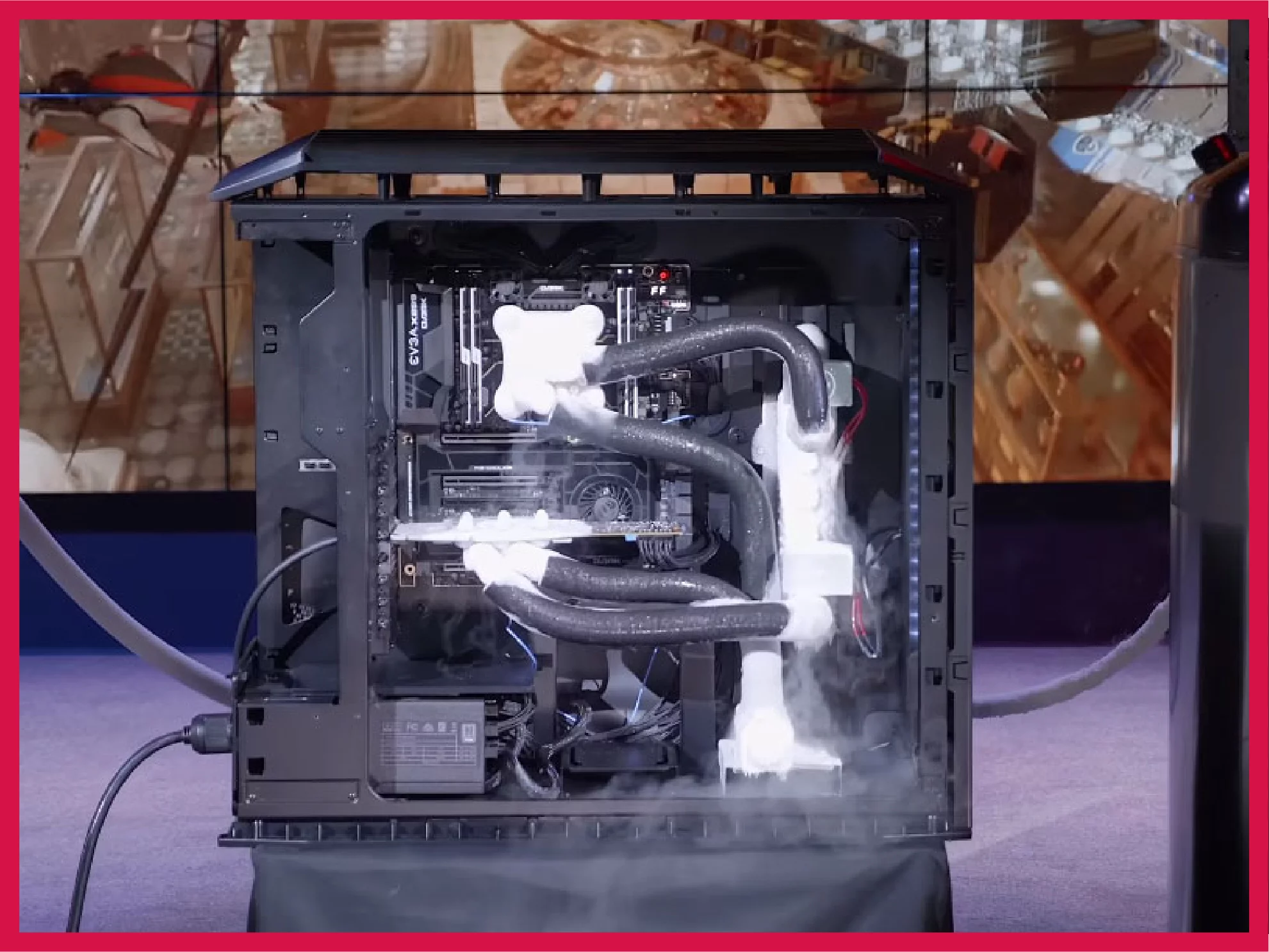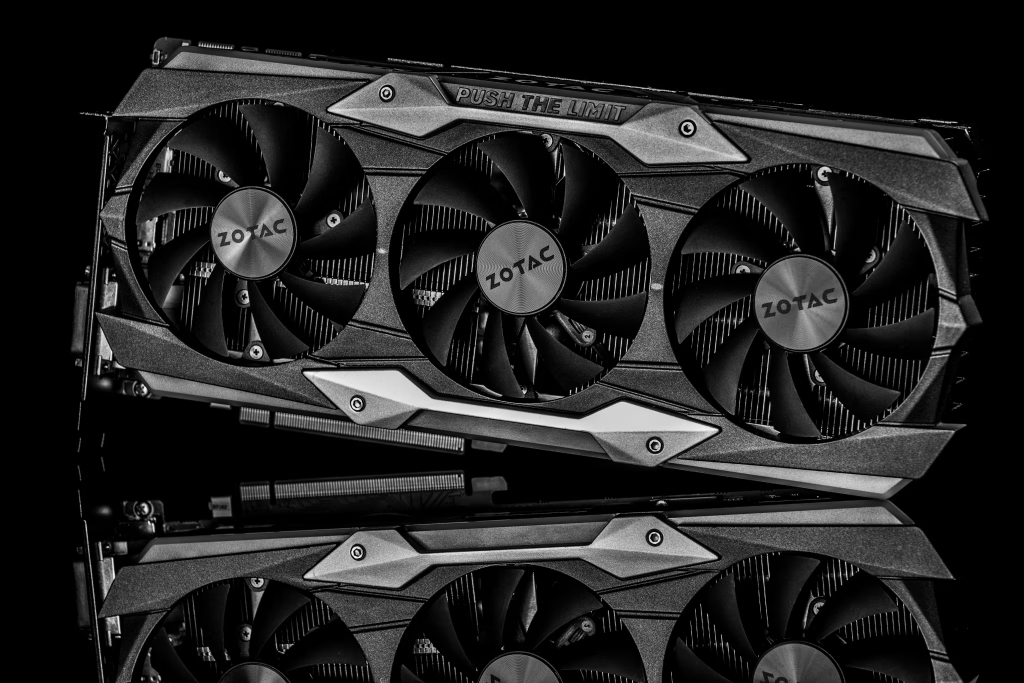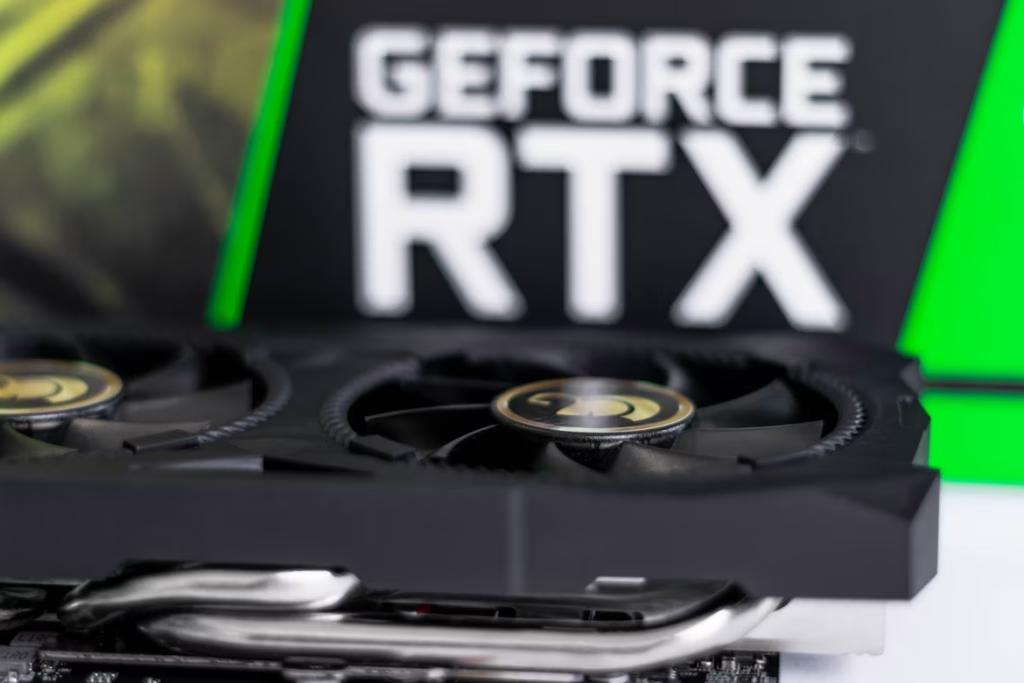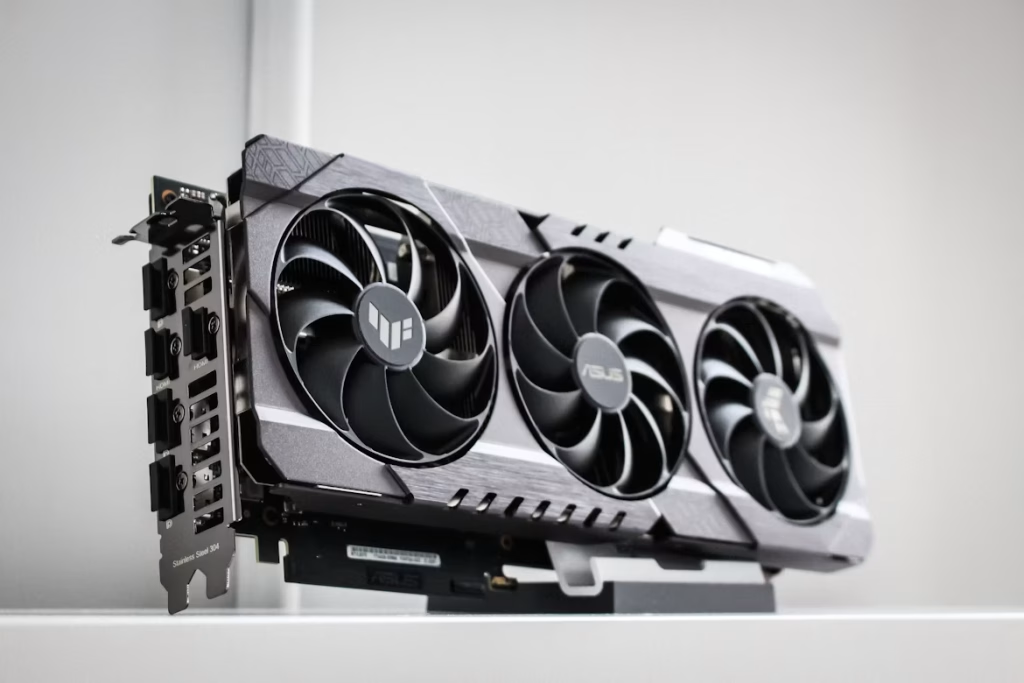Whether you’ve built a gaming PC from the ground up or purchased a prebuilt one, one thing you’re sure to know about is managing heat. Your PC can suffer from thermal throttling as the GPU heats up during gaming. Modern PCs with high-end GPUs might be able to mitigate heat effectively to some extent but no rig is completely safe from heat and the damage it can lead to.
The video card isn’t the only hardware in a gaming PC that can overheat. However, that’s the part most prone to heating. High-end gaming usually entails investing heavily in cooling. For example, liquid cooling is quite the norm among those who play games for long hours.
Heat isn’t a direct result of the game and the quality it’s played at. It also increases as your game sessions lengthen. Longer gaming sessions can cause a perpetual increase in overall PC heat just as much as high-FPS gaming can in a short span.
Maintaining an optimal temperature is critical to ensuring your hardware’s longevity and a better gameplay experience in general.
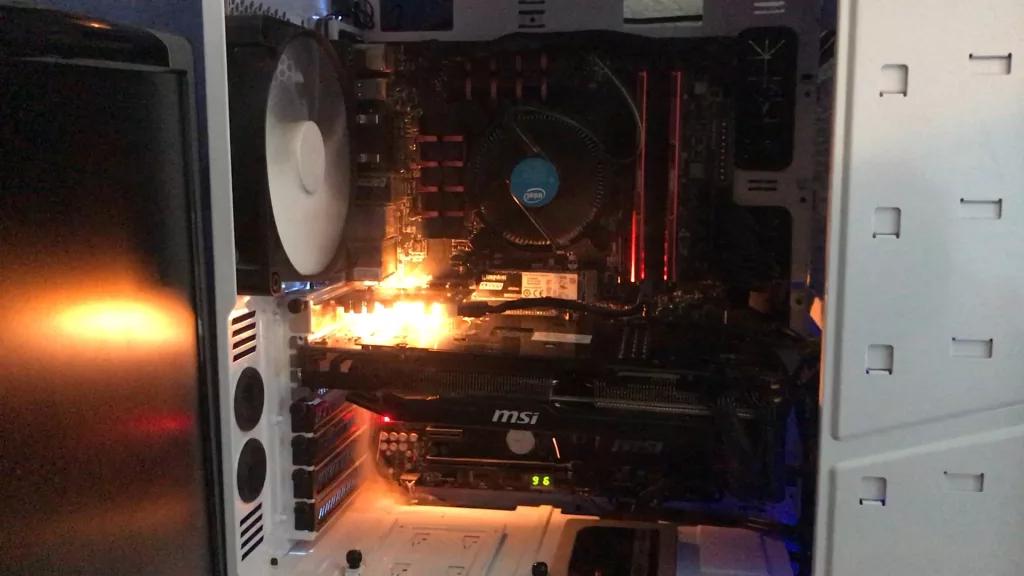
GPUs have different temperate ranges. Some can withstand more heat while others (generally older ones) will cause throttling and FPS drops even at relatively lower temperatures.
85°C is the maximum temperature for a GPU in most scenarios. Though many GPUs claim to work just as well at 100°C and above, it’s a good practice to cap it at 80-85. 85 Celsius is 176 Fahrenheit.
Factors that contribute to GPU heat
If you know what contributes to the GPU temperature, perhaps you can fine-tune your experience with a few simple steps.
- Playing modern AAA titles at high FPS creates a lot of heat. These games are very GPU-intensive because of their lifelike effects and realism. If you play AAA titles and suffer from throttling, you might want to lower your in-game graphics quality. Just turn it down a notch and see if you can live without ultra-quality shadows.
- The GPU’s cooling is also very important. Not all GPUs are built equal, and even more so in terms of cooling. Some GPUs have excellent self-cooling, like most modern triple-fan ones. Others might struggle running high-end games.
- The number of fans is perhaps the most important factor in most cases. Gaming on just one case fan vs. when gaming with 2 inlet and 2 outlet fans can cause a huge difference in the temperature inside the case. Increasing the number of fans (or better yet, making a great airflow system inside the case) is the number one solution to managing GPU heat better. Read How many fans does a PC need.
- Ambient temperature also plays a key role. If you live in a cold region or if you’re gaming during the winter, your PC’s temperature will also be lower as more heat will be dissipated into the environment. The room’s cooling also contributes heavily. Air-conditioning, fans, or lack thereof can cause a variance of a few degrees.
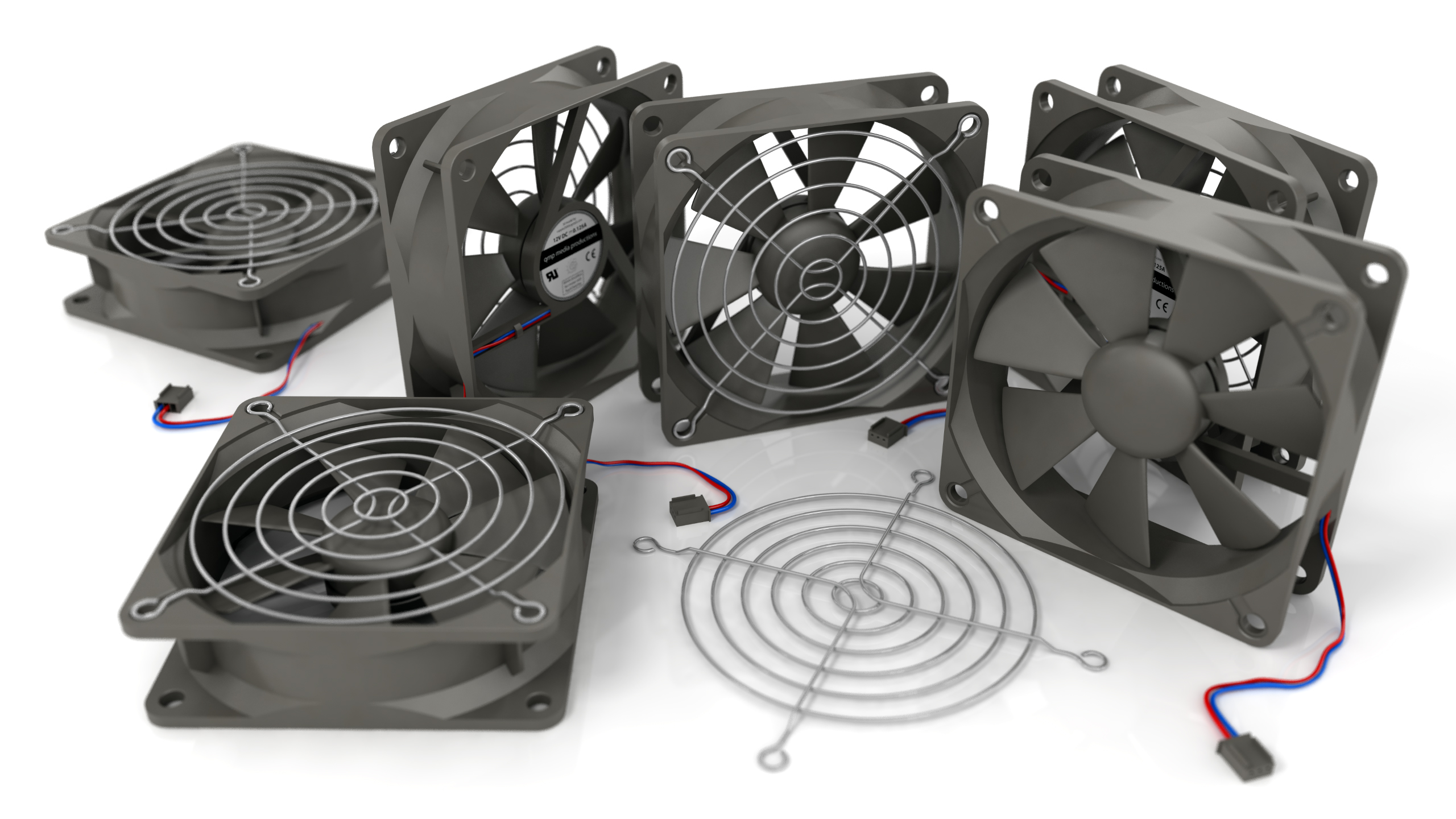
Managing your PC temperature
Given you don’t want to invest in liquid nitrogen to play Doom Eternal at 1,000 FPS or move to Siberia, here are a few things you should try.
Replace the thermal paste regularly. Thermal paste has a habit of drying up. It will dry up more often if you’re running high-end games or gaming for longer durations. Although it’s generally recommended to repaste every year, you can do it more frequently without any damage. Dried thermal paste will cause your GPU to heat more. If it becomes too dry it might even cause problems in the proper functioning of the PC.
Cleaning dust in your PC regularly is highly recommended. PCs collect a ton of dust and it’s recommended that you clean the entire case, even if it means removing the parts, cleaning them, and refitting them back, every month. Dust doesn’t directly affect heating but a lot of it can hamper the smooth functioning of many parts, including the fans. Vacuum and wiping are both ideal. You can also use compressed air to better clean the inside of the case.
- Wipe the outside of the graphics card and unscrew the graphics card.
- Carefully take the graphics card apart from the cooler by twisting it; do it gently or else the connecting wires might get damaged.
- Disconnect the fan and use a can of compressed air to blow off the dust. Then use wet wipes to clean the fan well.
- Leave everything to dry completely after wiping them down.
- Connect the fan to the graphics card and then screw everything back together before connecting it back to the computer.
Next up on the list is improving the fan placement, also known as improving the airflow system. I’ve written all about changing your mentality from “more of dem fans” to “a better internal air circulation” in the article I linked above, but here’s a brief primer nevertheless. More fans don’t necessarily mean a cooler case. A better airflow is a much more efficient method of cooling it down. Good airflow can be designed with 4 fans: 2 outlets and 2 inlets. Outlet fans will be placed on the back or side, while the inlet ones need to be placed on the top or front.
Aftermarket GPU fans or water-cooling systems might be the ideal solution if all else fails for some reason. They are still affordable (at least not as costly as buying an ice cream truck, moving it right inside your house, and gaming inside it while all the plate freezers are on 24*7). These solutions provide a lot of cooling comfort even for overclocked GPUs churning 240 FPS in modern AAA titles.
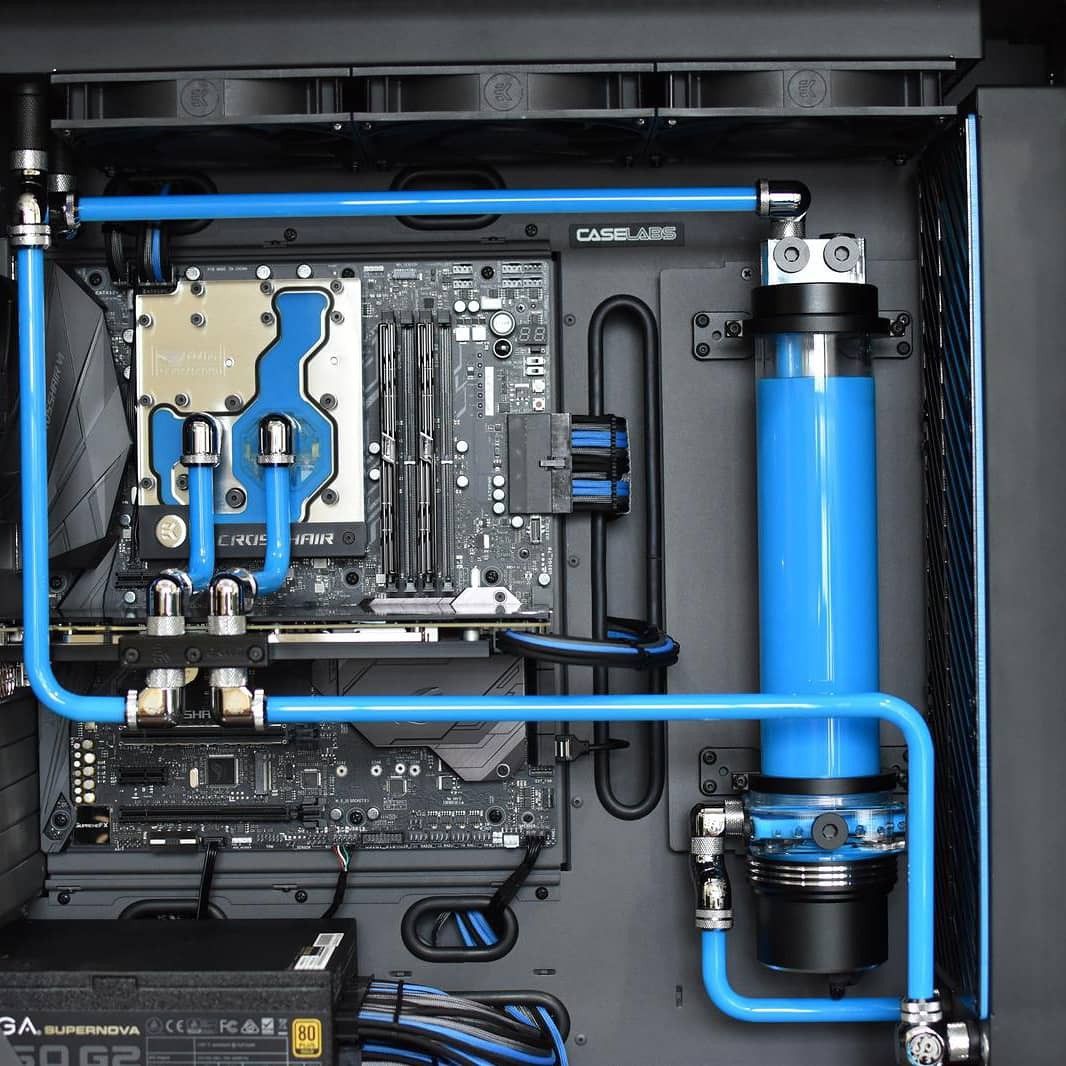
And that’s how you cool your GPU
Managing your PC’s temperature isn’t an easy task. If you aren’t familiar with opening and cleaning the PC case or if you don’t monitor your temperature regularly to understand what parts overheat, heat management can be a nightmare.
The best way to approach the problem is to take it slow. First of all, lower the in-game quality and cap the FPS if possible. Learn how to safely clean your PC, unscrew parts, etc. If you can’t repaste then take it to a shop for repasting – that bit is super-cheap. Try these steps only when you’re comfortable doing them.
In some cases, you might not be able to increase the number of fans because your case simply doesn’t allow for more. It’s time to upgrade now.
Get into the habit of monitoring your temperature often and while gaming.
Note that if you don’t monitor your temperature it’s nearly impossible to understand heat production. People who have been PC gaming for a while will know as the temperature around them increases, but that’s not the case with everyone.
Understanding temperature variance is absolutely vital to managing high heat. Monitoring is a great tool. Many apps provide temperature overlays in-game along with other critical information.


